Experts are calling for transparent and clear computer modeling of COVID-19, as the world looks for a way to understand and make decisions about the coronavirus pandemic.
They have pulled together a manifesto, published in the journal Nature, pushing for models to be used appropriately — without political bias or overestimating with “magic numbers.”
“COVID-19 has really put modeling into the spotlight and there have been very effective simple models such as flattening the curve, that everyone can understand,” Professor Gabriele Bammer, from The Australian National University (ANU), said.
“In Australia we are mostly doing well, but the world needs a uniform set of standards for computer modeling.
“Models shouldn’t predict more certainty than they allow for. They can’t replace complex decision making and they should be upfront about unknowns.”
The experts say political rivals often brandish models to support predetermined agendas.
“The reality is at the moment decision-makers have to make hard choices and if models are not done well, you can find a model that says whatever you like,” Professor Bammer said.
“What people generally want is the magic number or a simple solution, but that is often not possible for complex societal or environmental problems. In those cases, good modeling can help politicians and others make better decisions.
“For COVID-19, a vaccine might be a magic bullet that can really help us deal with it but until we’ve got the vaccine, we’ve got this complex problem and we have to figure out the best ways to deal with it.”
The authors have penned a five-point manifesto to call for “full and frank disclosure” in an effort to streamline computer modeling so that predictions are transparent, humble, and responsible.
The experts say modelers need to acknowledge their own hubris, as well as unknowns, assumptions, framing, and consequences when modeling.
“To make sure their predictions do not become mere adjuncts to a political cause, modelers, decision-makers, and citizens need to establish new social norms such that modelers are not permitted to project more certainty than their models deserve, and politicians are not allowed to offload accountability to models of their choosing,” the authors write.
The authors warn that models can be a dangerous way to assert answers and model predictions can contain “unstated interest and values.”
“We are cautioning people to apply the pub test, if it doesn’t sound right — be skeptical. The models that seem very certain require reasonable skepticism,” Professor Bammer said.
“The problems we highlight with models are relevant for a wide range of topics from economics to flood prediction, fisheries management, and more.
“We now have an opportunity to think about how we use modeling and get a strategy in place so these processes are crystal clear.”
Reference: “Five ways to ensure that models serve society: a manifesto – Pandemic politics highlight how predictions need to be transparent and humble to invite insight, not blame.” by Andrea Saltelli, Gabriele Bammer, Isabelle Bruno, Erica Charters, Monica Di Fiore, Emmanuel Didier, Wendy Nelson Espeland, John Kay, Samuele Lo Piano, Deborah Mayo, Roger Pielke Jr, Tommaso Portaluri, Theodore M. Porter, Arnald Puy, Ismael Rafols, Jerome R. Ravetz, Erik Reinert, Daniel Sarewitz, Philip B. Stark, Andrew Stirling, Jeroen van der Sluijs and Paolo Vineis, 24 June 2020, Nature.
DOI: 10.1038/d41586-020-01812-9

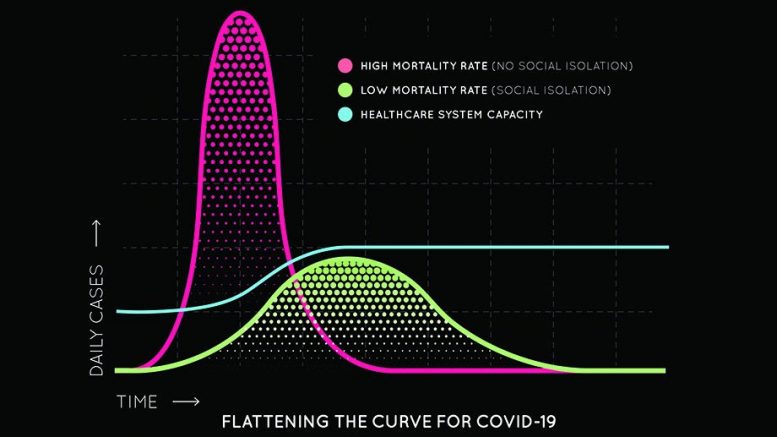
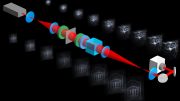

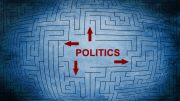
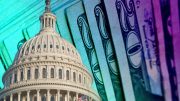

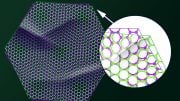

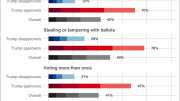
… in my opinion there is a rather easy way to model it, but no scientist would like it, however computer scientists would love it…